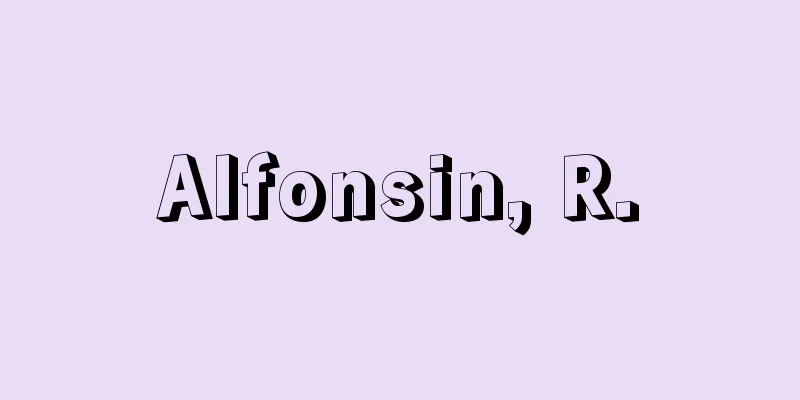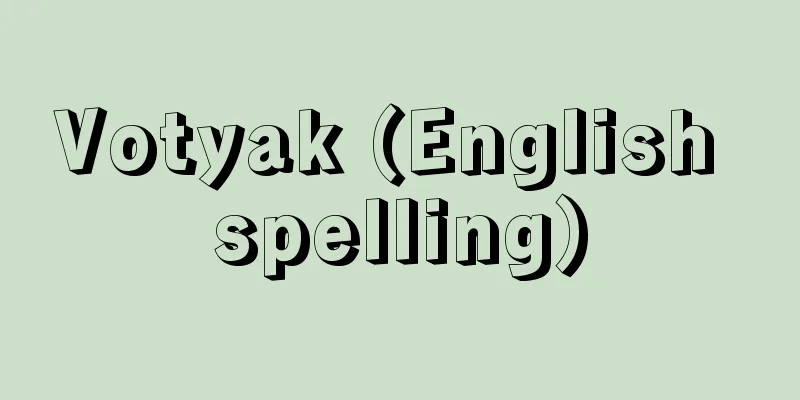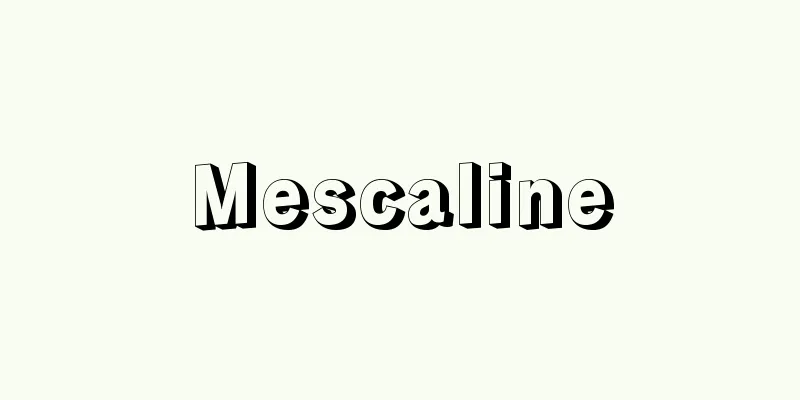Eyebrow ink - Mayuzumi

|
A method of eyebrow makeup and the cosmetics used to make it. Also written as 鯛水. Removing eyebrow hair and artificially drawing in eyebrows with eyebrow ink to shape them has been practiced since ancient times, and is referred to as "mayohiki" in the "Nihon Shoki" and "Manyoshu." Black ash, lamp black soot, etc. were used for the eyebrow ink. Emperor Xuanzong of the Tang Dynasty of China had eyebrows painted in various shapes, known as the "Ten Eyebrows," and different poses can be seen in the Shosoin Treasures "Torigeritsujo no byobu" (Torige standing woman screen) and the "Kichijoten statue" (Statue of Kisshoten) at Yakushiji Temple in Nara. In medieval literature, in Japan, eyebrows were plucked and painted with ink (made by mixing lamp black with oil) to indicate rank. This custom was not only practiced by women, but also by men, who often used tweezers to pluck the hair and then painted with ink. The tweezers were kept in a box called a kushige, and these ancient relics are preserved as sacred treasures at Itsukushima Shrine (Hiroshima Prefecture) and Kumano Hayatama Taisha Shrine (Wakayama Prefecture). From the mid-Edo period onwards, the use of razor makeup became the etiquette for women's coming-of-age ceremonies, and according to the "Miyako Fuzoku Keshoden" (1813 edition), "ink paste" was made by "mixing equal parts of dayflower, rouge, and lamp black, adding sesame oil to the mixture and kneading," or it was made by "kneading three momme of gold leaf and four momme of lamp black with sesame oil." After coming into contact with Western culture, eyebrow pencils were invented, which are said to be an improved version of the Dermato pencil developed at a German military hospital during World War I. Modern women's makeup focuses on the eyes, so eyebrow pencils are not only black, but also green, purple, brown, etc. [Takeshi Endo] Source: Shogakukan Encyclopedia Nipponica About Encyclopedia Nipponica Information | Legend |
|
眉の化粧法、およびその化粧品。黛とも書く。眉毛を取り払って、人工的に眉墨を使って眉を描き、眉毛を整えることが古代より行われ、『日本書紀』や『万葉集』では「まよひき」としている。黒灰、油煙などを用いて眉墨としたのである。中国の唐玄宗皇帝は「十眉図」という、いろいろの形の眉を描かせており、正倉院宝物『鳥毛立女屏風(とりげりつじょのびょうぶ)』や、奈良薬師寺蔵『吉祥天像』にそれぞれ異なった姿がみられる。 中世文学をみると、わが国では階級を表現するために眉毛を抜いて、捏墨(こねずみ)(油煙に油を混ぜてつくった)で描いた。この風俗は女性ばかりでなく、男の世界でも行われ、多くは鑷子(けぬき)(毛抜き)を用いて毛を抜き、そのあとに捏墨で描いたのである。鑷子が櫛筥(くしげ)という手箱に収められ、その古い遺物が、厳島(いつくしま)神社(広島県)、熊野速玉(はやたま)大社(和歌山県)の御神宝として保存されている。江戸時代も中期以降になると、かみそりを使っての化粧法が女の元服の作法となり、『都風俗化粧伝』(1813版)をみると、「捏墨」は「露草(つゆくさ)、紅、油煙を等分にし、これにごま油を加えて練って」つくったとあり、または「金箔(ぱく)三匁(もんめ)、油煙四匁をごま油で練って」つくったともある。 欧米文化に接してからは、アイブロー・ペンシルがつくられたが、これは第一次世界大戦のおりに、ドイツの陸軍病院で開発したダーマート・ペンシルをさらに改良したものであるといわれる。近代女性の化粧は、ポイントを目におくところから、眉墨は黒ばかりでなく、緑、紫、茶などのものも使用されている。 [遠藤 武] 出典 小学館 日本大百科全書(ニッポニカ)日本大百科全書(ニッポニカ)について 情報 | 凡例 |
Recommend
Viking - Viking (English spelling) in Danish
Another name for the North Germanic people (Norma...
Puri
A port city on the Bay of Bengal in the eastern pa...
Educational trial
…However, there was not enough effort to systemat...
Amzurek, P.
…Schreier and Kaufmann tried to connect it with K...
Samuelson, Paul
Born May 15, 1915 in Gary, Indiana [Died] December...
Bellerophon (English spelling)
Hero of Greek mythology. Born in Corinth to King G...
Alsace-Lorraine Problem - Alsace-Lorraine Problem
Alsace and Lorraine are regions in northeastern Fr...
Pyrimidine - pyrimidine
1,3-diazine. It is a water-soluble basic compound...
Orgelpunkt (English spelling) (German) Orgelpunkt
In music, the lowest voice holds the same note for...
Armpit - Armpit
A term used in Noh. A professional who plays a su...
《Flower Armor》
…He died in Beijing in 1959, where he had been in...
Candelaire - Candelaire
...A type of oil lamp. It is a corrupted form of ...
Nagasu [town] - Nagasu
A town in Tamana County in northwest Kumamoto Pref...
Hiroji Otani (Hiroji Otani)
Kabuki actor. (1) First generation (1696-1747 | Ge...
Euphorion (English spelling)
Dates of birth and death unknown. Ancient Greek p...









